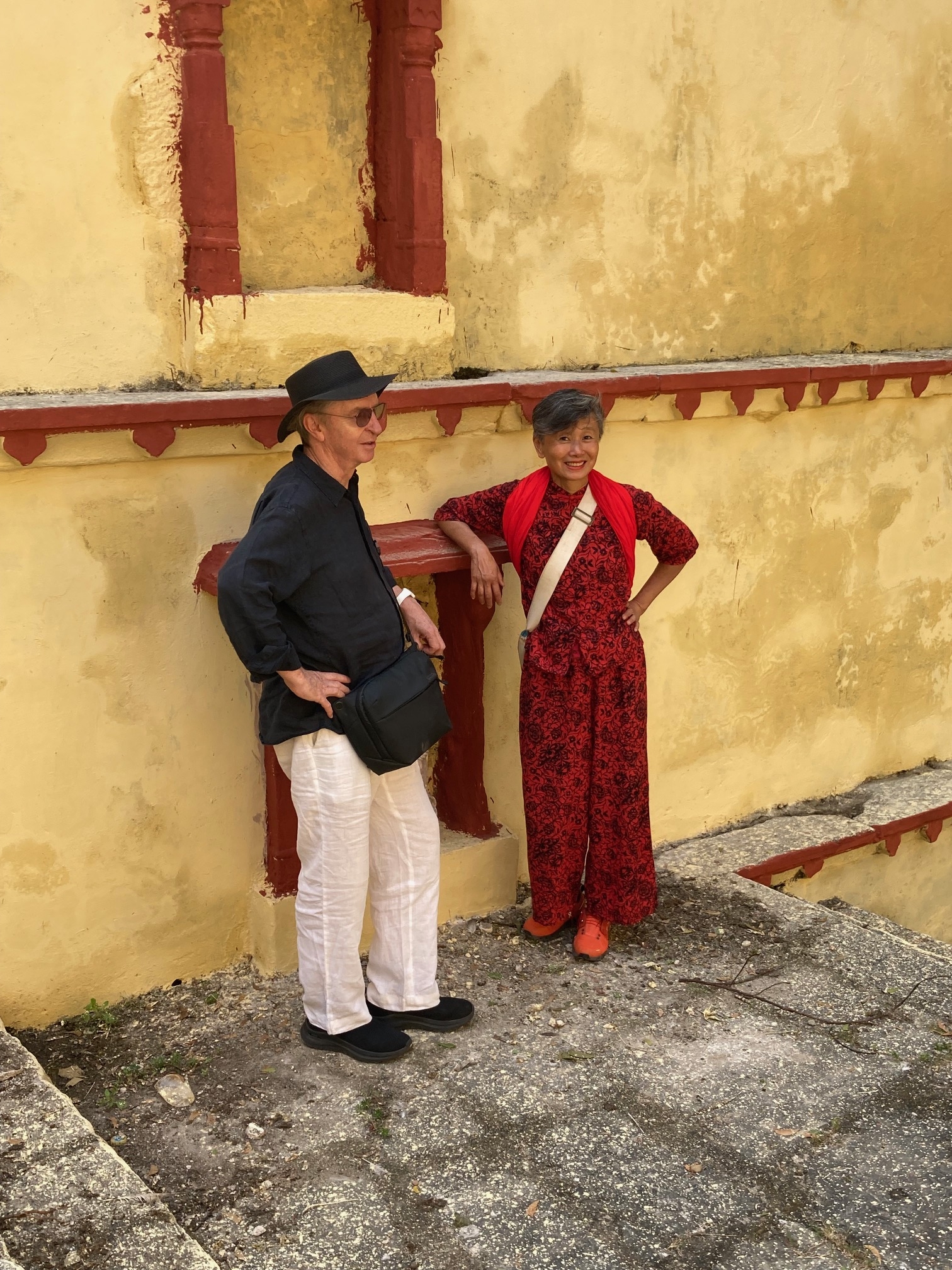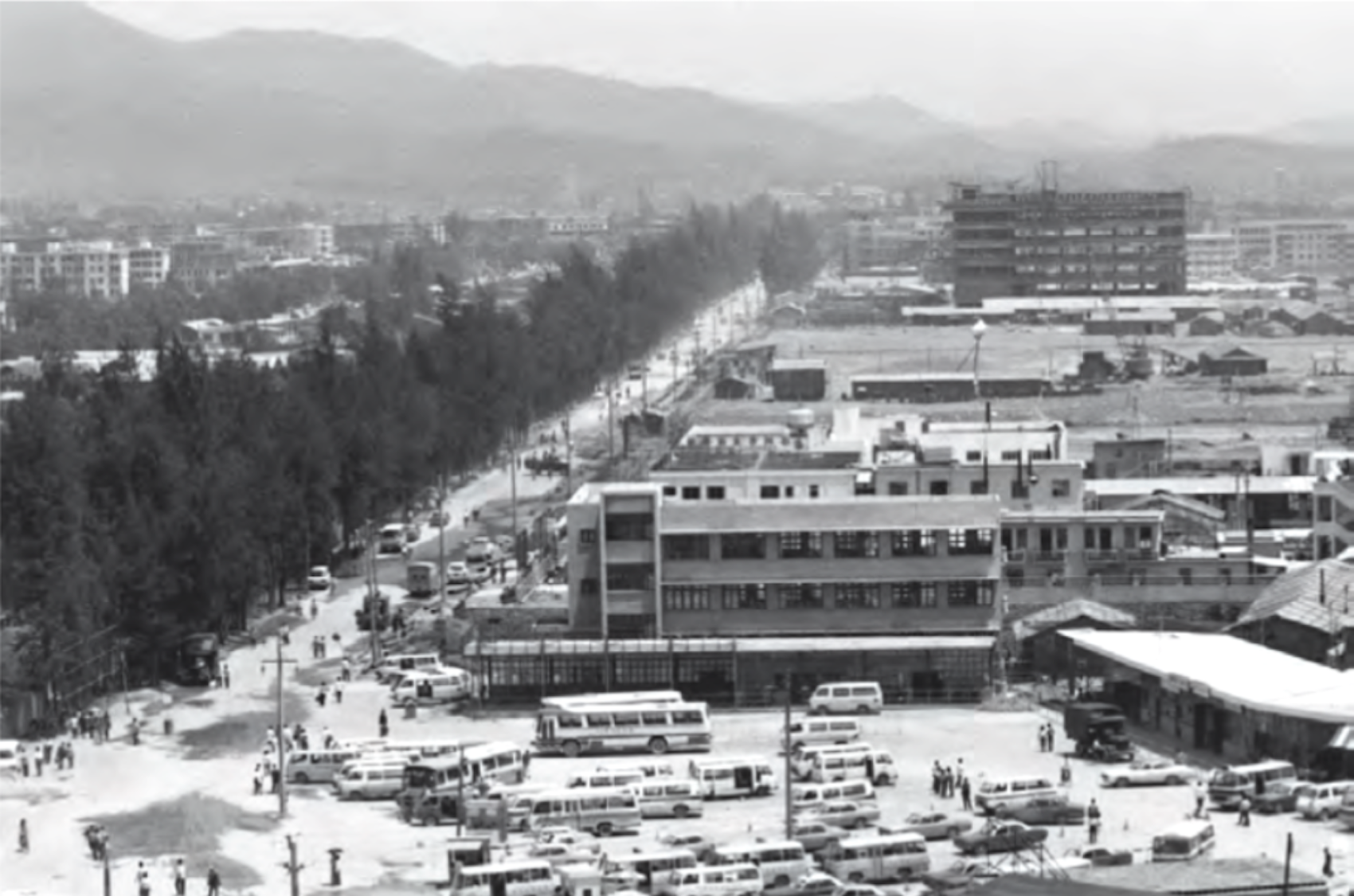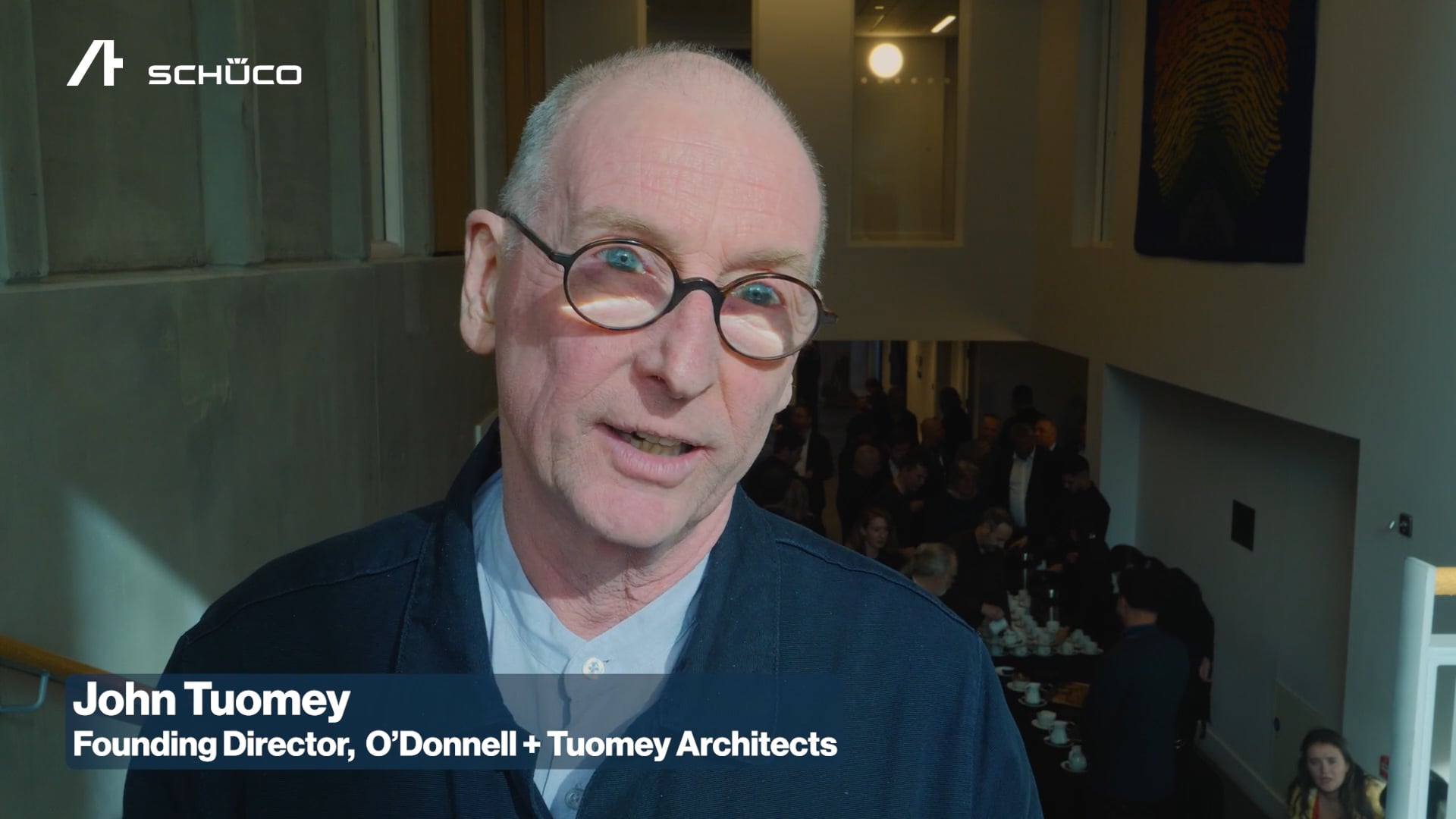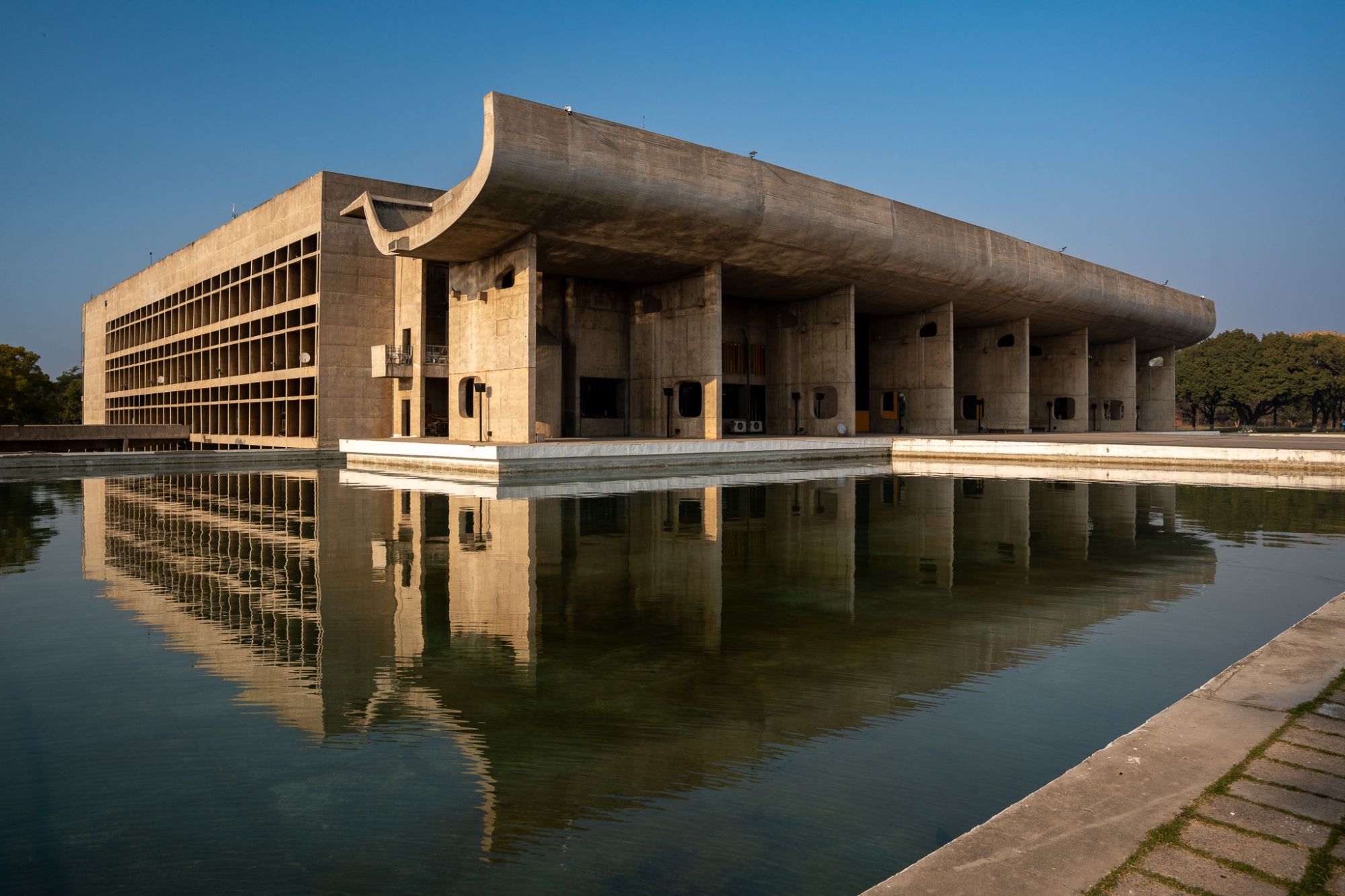The United States has often been described as a melting pot, but it is really more of a stew, composed of many distinct ingredients with their own flavour blended together into a whole. In New Orleans such a stew is called a gumbo, and there are many different kinds of gumbo.
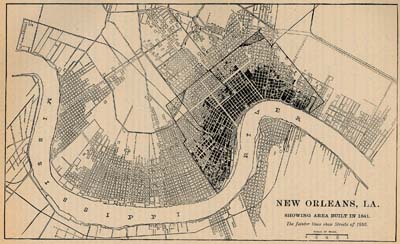
The United States has often been described as a melting pot, but it is really more of a stew, composed of many distinct ingredients with their own flavour blended together into a whole. In New Orleans such a stew is called a gumbo, and there are many different kinds of gumbo.
This kind of cultural adaptation in architecture and urbanism can be seen all over the United States, from cities which borrowed English town building traditions like Charleston and Savannah to the modification of the Mediterranean courtyard house to multi-family housing in Southern California. For my money, the most exciting places are those where a variety of cultural and building traditions come together, colliding, mingling and overlaying in ways that create distinct new traditions.
The best American example is New Orleans, renowned as the birthplace of jazz and infamous as the place which was damaged first by Hurricane Katrina and then by the indifference of the government. New Orleans brings together Spanish, French, English and American frontier traditions alongside the Indian, Caribbean and African to create a rich mix of influences in food and music, known worldwide.
This ‘gumbo’ can also be found in architecture and urban design. New Orleans was first a French settlement, and the plan of the French Quarter and its riverfront square reflects French ideas about town planning. The architecture of the French Quarter reflects Spanish building codes, interpreted by American and French architects, with thick-walled courtyard buildings, iron balconies and arcades and building to the lot line. The result, after two centuries of use and reuse of these highly adaptable buildings in a hot moist climate, is an amazing patina and an astonishing diversity that somehow retains its charm despite the onslaught of tourists. The same influences can be found in the nearby and less touristy Fauborg Marigny.
Later districts, such as the Garden District, the Irish Channel and the downtown, mix Caribbean building traditions with classical and Victorian influences, modified by the climate and the culture. Local building types, such as townhouses with galleries on the ground and first floor, and centre hall villas with arcades and side yard entrances, draw upon developing craft and gardening traditions.
Vernacular building types such as the room-on-room shotgun and double shotgun house enabled generations of families to attain homeownership at low cost. This owner-built and occupied housing has in turn enabled the regional art and cuisine to flourish, for the arts works best in a place where one can live cheaply and well. It was not unusual to learn that carpenters were also musicians in pre-Katrina New Orleans.
The Cuban-American town planner Andres Duany has said that New Orleans is not the least functional American city, as it was often portrayed in the dark days after the 2005 hurricane, but the most functional Caribbean city. Writing in Metropolis magazine in 2007, Duany said ‘It was possible to sustain the unique culture of New Orleans because housing costs were minimal, liberating people from debt. One did not have to work a great deal to get by.’
This has been one of the great challenges after Katrina, and it is a challenge that Brad Pitt’s Make It Right houses, all designed to the highest standards by talented architects, was not designed to answer. These houses — a valuable addition to New Orleans building culture — rely upon substantial donations to make them affordable, and thus address affordability in a different way. The Katrina cottages, among which Marianne Cusato’s (winner of the People’s Choice Design Awards) is the most well-known, provide attractive, tiny, low-cost manufactured housing.
But clearly another part of the answer must be the revival of a local building tradition, and the training of local craftspeople in both vernacular crafts and in green building. This is the piece of the challenge that The Prince’s Foundation has chosen to address, in partnership with a local trade college and the Preservation Resource Center. We are training young men and women from damaged neighbourhoods in vernacular building, both through a foundation course that teaches drawing, geometry and proportion, and through practical placements that repair damaged houses in the Ninth Ward.
We’re finding that the unique culture that is New Orleans is alive and well in these young people, and that their lives are transformed by a programme that reconnects them with the special nature of their city and its architecture. Increasingly it is becoming clear that post Katrina New Orleans will be smaller, different but still a rich and tasty gumbo of a place.
Hank Dittmar: Chief executive of The Prince’s Foundation since January 2005; former advisor to President Clinton on transportation and
sustainability, and chairman of the Congress for New Urbanism.
AT205/February 2010 p64





